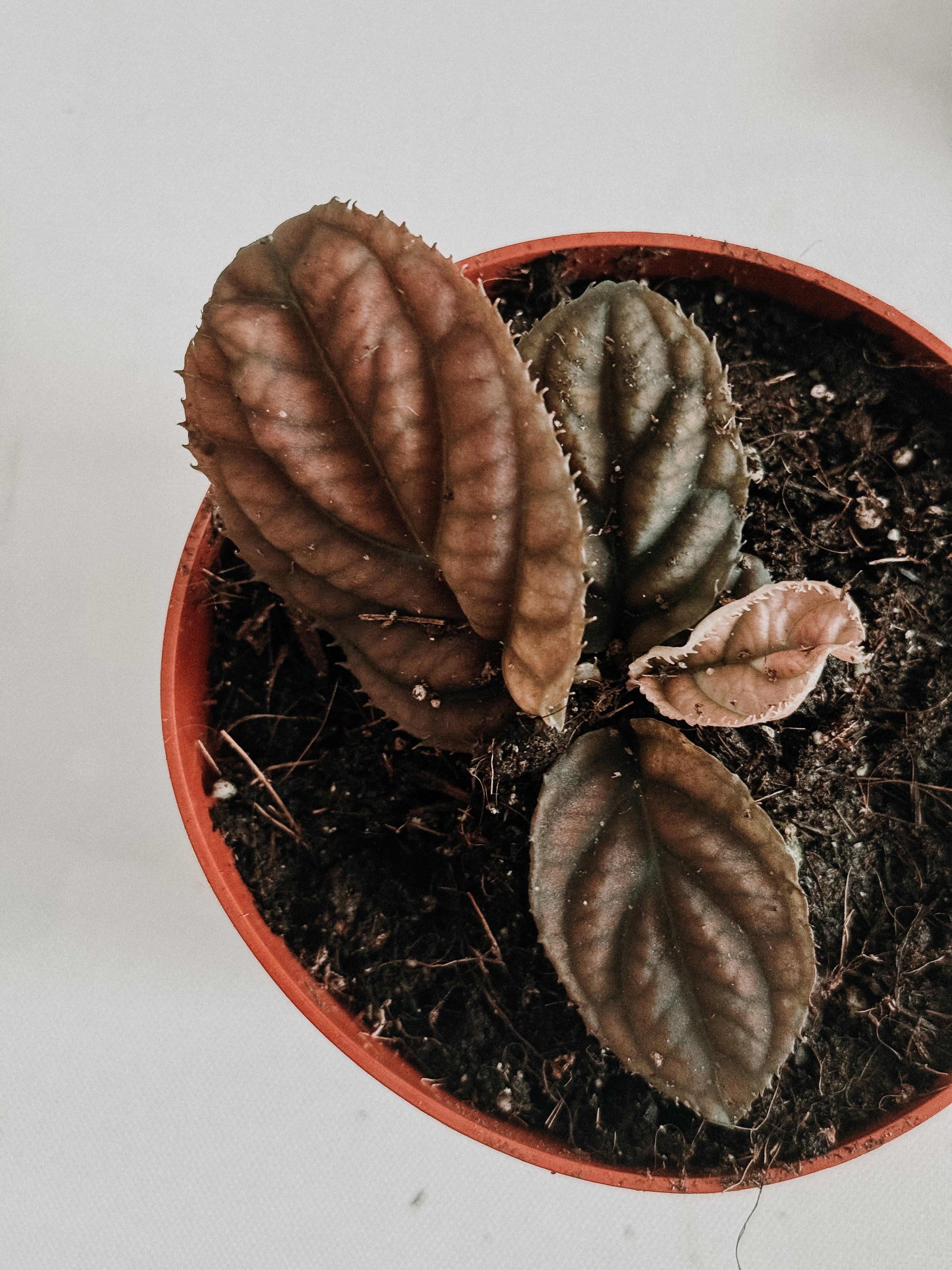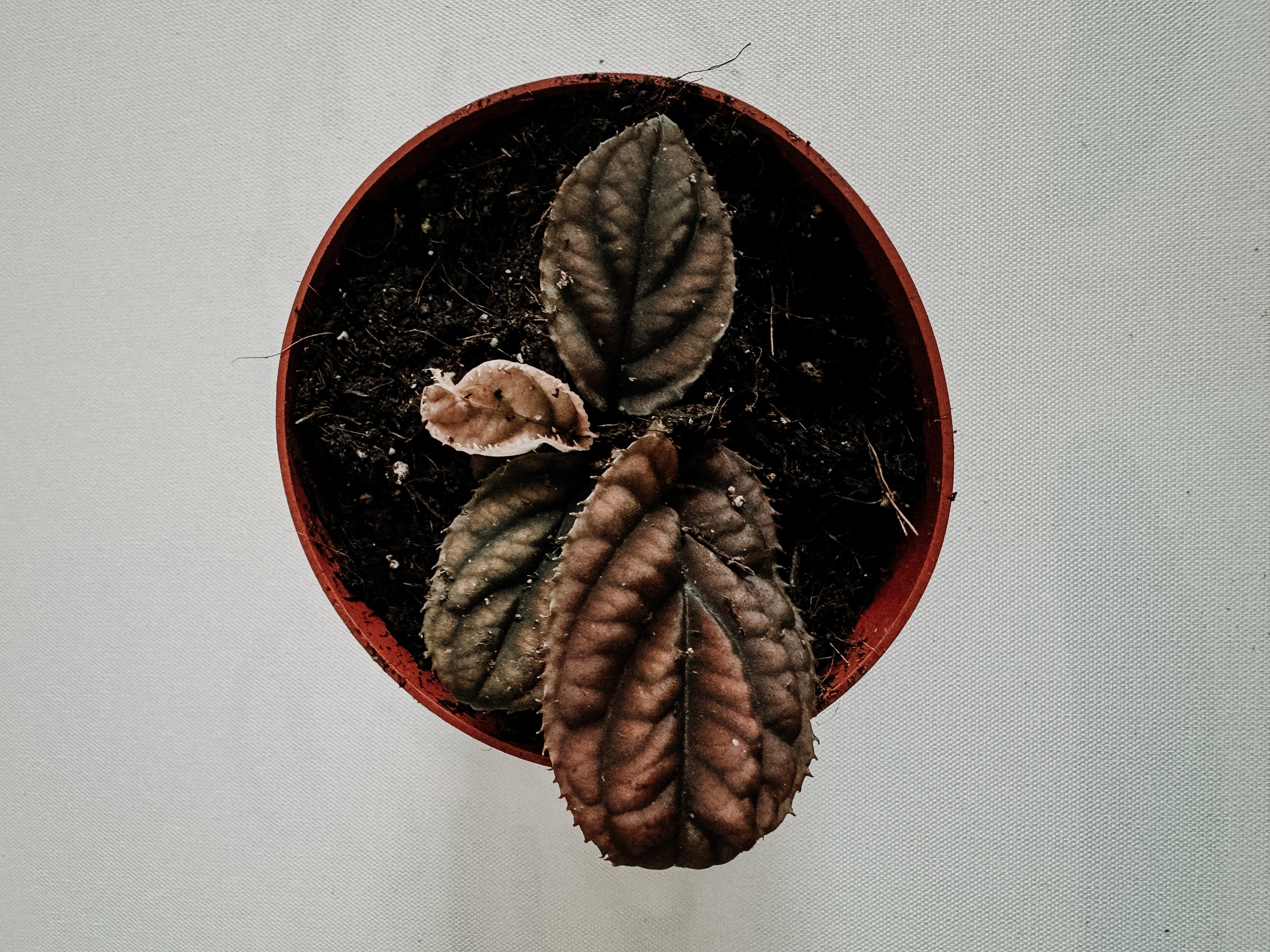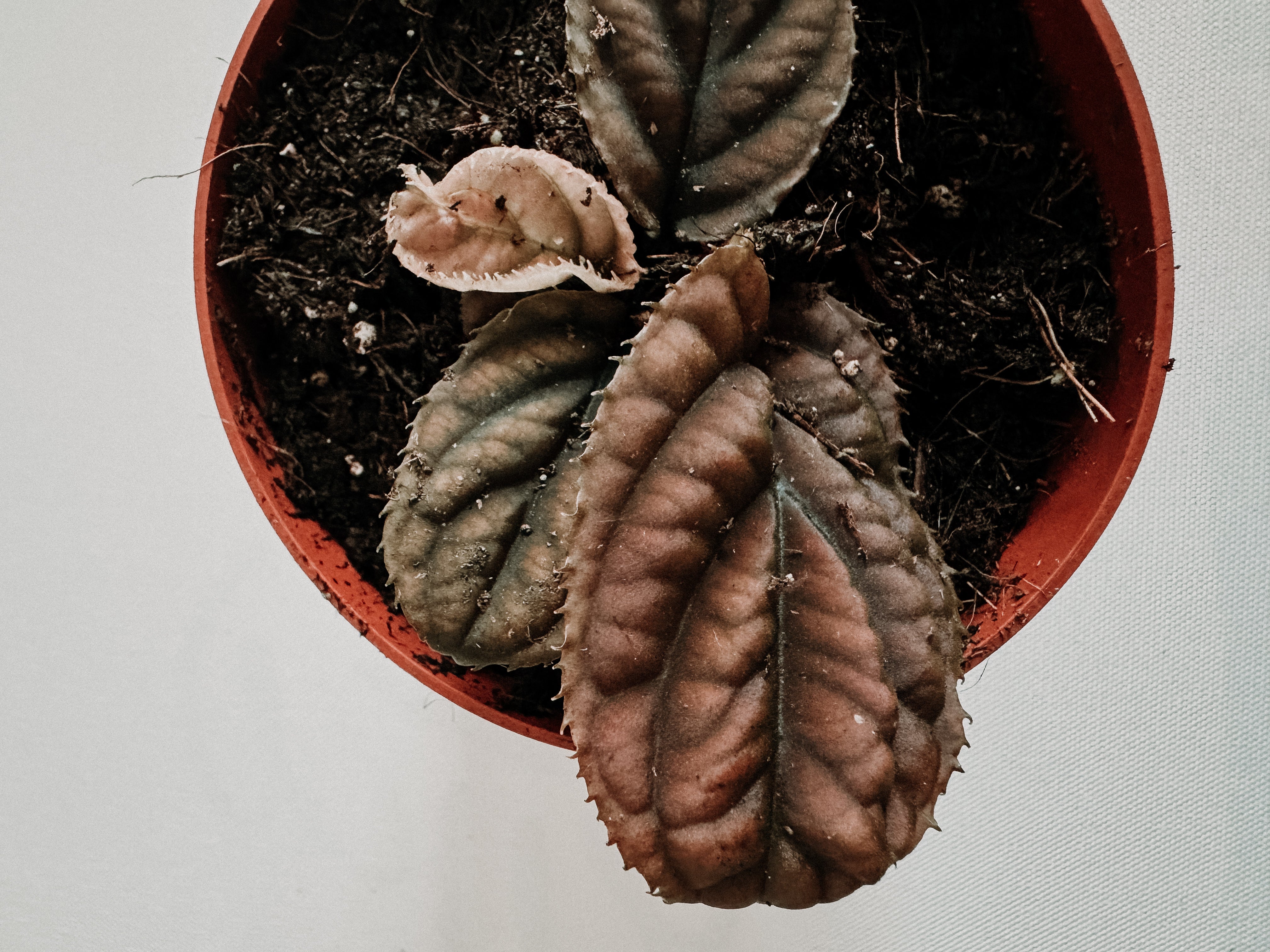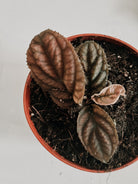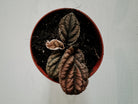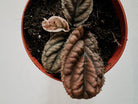Labisia Vietnam
Couldn't load pickup availability
🌿 Labisia ‘Vietnam’ Care Guide
Labisia ‘Vietnam’ is a small, jewel-type tropical plant prized for its shimmering leaves — often deep green or bronze with metallic sheens or veins. It’s a member of the Primulaceae family, native to humid forest floors in Southeast Asia.
This plant prefers warm, stable, and moist conditions, similar to those of other “jewel” foliage plants like Anthurium crystallinum or Begonia pavonina.
☀️ Light
-
Prefers low to medium indirect light — mimicking the shaded forest floor.
-
Avoid direct sunlight, which can burn or fade its delicate leaves.
-
LED grow lights on a gentle setting work well, especially in darker rooms.
-
Too much light = faded or crispy leaves; too little = slow growth.
💡 Tip: If you’re growing it in a terrarium, a 10–12 hour daily light cycle works best.
🌡️ Temperature
-
Thrives in warm, consistent temperatures between 22–28°C (72–82°F).
-
Avoid cold drafts or air below 18°C (64°F).
-
Stability is more important than absolute warmth — no sudden drops.
💧 Watering
-
Keep the soil consistently moist, but never soggy.
-
Water when the top 1–2 cm (½ inch) feels slightly dry.
-
Use room-temperature, filtered, or rainwater if possible (it’s sensitive to mineral buildup).
-
In terrariums, monitor condensation — excess moisture can lead to rot.
💧 Tip: Labisia prefers gentle, steady moisture — not the wet-dry cycle of aroids.
🌫️ Humidity
-
Needs high humidity (70–90%).
-
Ideal for terrariums, cabinets, or enclosed growing spaces.
-
If grown in open air, use a humidifier or keep it on a pebble tray.
-
Low humidity quickly leads to leaf curling or crispy edges.
🌱 Soil
-
Use a loose, airy, moisture-retentive mix.
-
Recommended components:
-
40% coco peat or sphagnum moss
-
30% fine orchid bark
-
20% perlite or pumice
-
10% charcoal or leaf mold
-
💡 The goal is to hold humidity while allowing air to reach fine roots.
🌾 Fertilizer
-
Feed lightly — every 4–6 weeks during active growth (spring and summer).
-
Use a diluted liquid fertilizer (¼–½ strength) for sensitive foliage plants.
-
Too much fertilizer can cause root burn or dull the leaf sheen.
🪴 Repotting
-
Repot every 1–2 years, or when the mix starts to compact.
-
Best time: spring or early summer.
-
Be gentle — roots are delicate and don’t like disturbance.
🌘 Dormancy / Rest Period
-
In cooler months or under low light, growth slows naturally.
-
Reduce watering slightly, but don’t let the plant dry out.
-
Maintain humidity and warmth for smooth regrowth when the season brightens.
🌸 Extra Tips
-
Excellent plant for terrariums or plant cabinets.
-
Avoid touching the leaves frequently — the surface can bruise easily.
-
Use soft, filtered light to enhance its natural shimmer.
-
Prune any yellowing leaves to encourage new growth.

